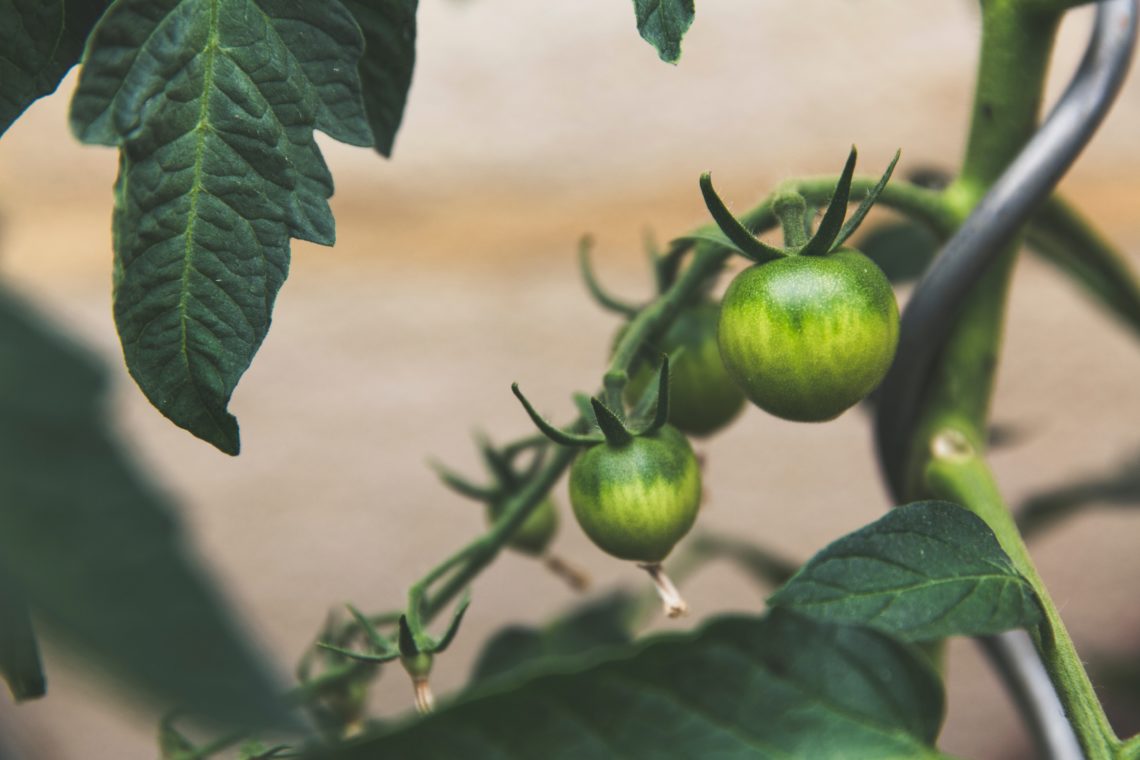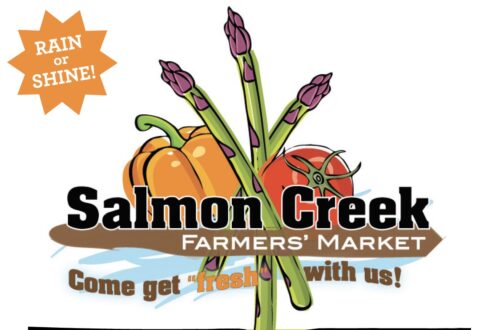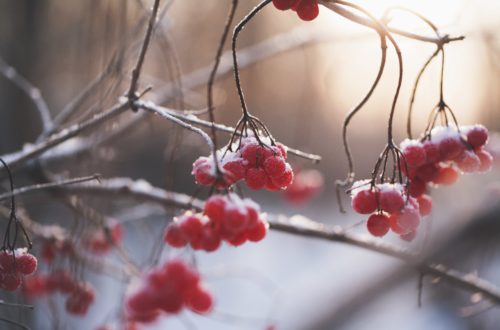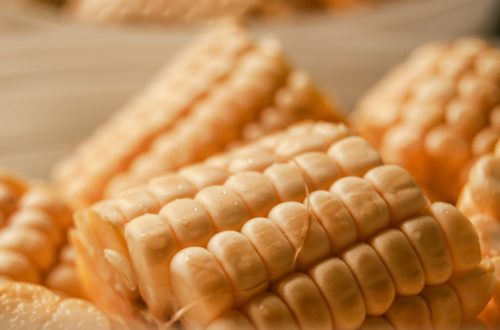Mike Dunton’s Maritime Northwest Edition Victory Gardener’s Almanack for the month of May
May is the month when we head into our main gardening season. May is when most vegetables can be planted and some early spring crops can be harvested. Enjoy the outdoors; summer is right around the corner!
In the Vegetable Garden
- Set out tomato plants when evening temperatures stay above 50 degrees F. Plant them in the garden after all danger of frost has passed.
- Eggplants and peppers can be set out later in the month in the North and earlier in the South.
- Melons, cucumbers, pumpkins, gourds, and squash should be sown as soon as there is no further danger of frost. Plant extra seeds in each hill and cull sickly or extra seedlings as necessary.
- Every couple of days, loosen up the crust on cucumber, squash, and melons to help the seedlings to emerge and to prevent dampening off.
- Sow other tender plants after all danger of frost has passed.
- Succession crops of radishes, lettuce and other greens can be planted to create longer harvest windows.
- Rhubarb plants can use a heavy dose of composted manure. Spread around the plants and work in well.
- Consider New Zealand Spinach as an alternative to standard spinach varieties. It does great in warmer climates and is a perennial in climates with mild winters.
- Don’t plant only bush beans. Consider pole-types and your reward will be a longer harvest period and more beans for the same garden space.
- Witloof chicory can be planted early this month. They will provide roots that can be used in the cellar for forcing a winter crop of ‘Belgium’ or ‘White’ Endive.
- If frost threatens, cover tender plants with straw, buckets, or old blankets. Make sure not to crush the plants.
- Don’t forget to include kitchen herbs in your garden, beds, or pots.
In the Yard and Orchard
- Cut runners of strawberries and use the daughter plants to fill in the voids.
- Nearly all varieties of flower seeds may be sown in the garden at this time.
- Plants received by mail should be re-hydrated and planted as soon as possible. Read included directions.
- Shasta Daisies, Forget-Me-Nots and other “clumping” plants can be divided.
- Dahlias should be divided and planted now.
- Plant annuals in between your waning tulip and daffodil bulbs.
- Do not remove daffodil foliage until after it yellows and begins to brown.
- Before your sweet peas fall over, make sure that you have provided some form of support.
- Mulch blueberry plants heavily with sawdust. Douglas fir is excellent for this purpose but avoid cedar.
- Mulch newly planted shrubs and trees with grass clippings, leaves, or peat to conserve moisture. Roses, perennials, and fruit trees will also benefit from mulch.
Mike Dunton is the founder of the Victory Seed Company and one of the early signers of the Safe Seed Pledge. The Victory Seed Company works to preserve rare, threatened, heirloom seeds and to make them available to home gardeners.






